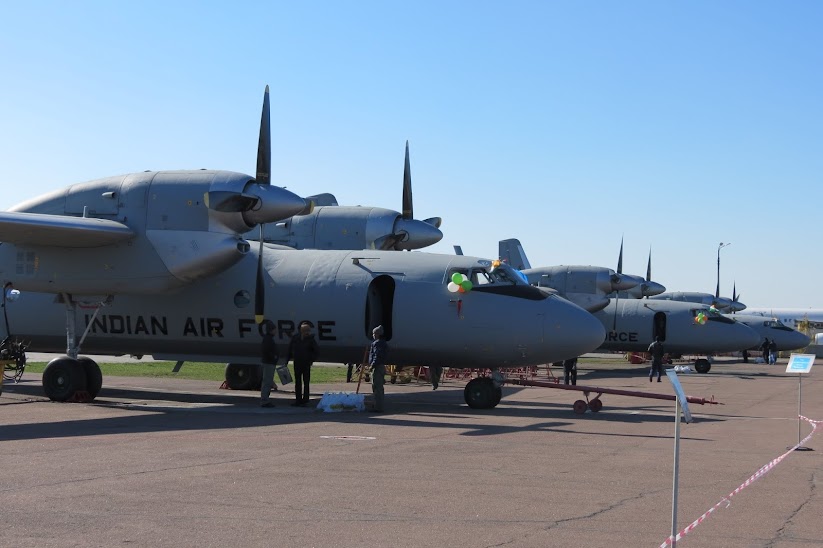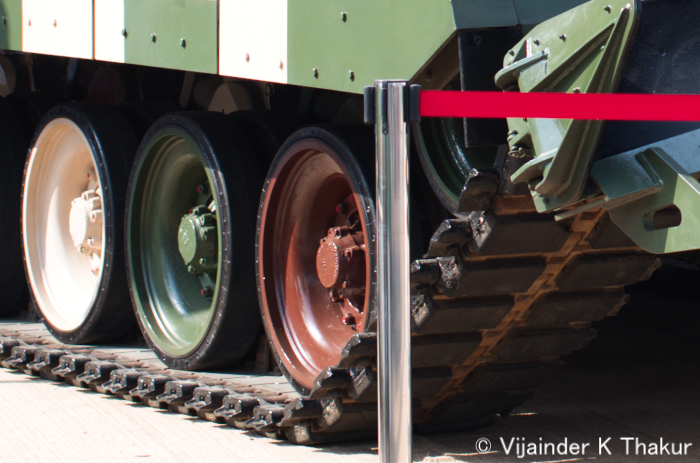 |
| INS Chakra SSN. |
The recent incident on board INS Sindhuratna while it was sailing submerged off the Mumbai coast, which led to loss of life and serious injuries, has highlighted the need for a credible Submarine Rescue Capability for the Indian Navy.
Here is a brief overview of the situation as it exists.
The crew of a stricken submarine in shallow waters (Up to 100 m) can escape using "submarine escape pressurized suits" using a technique called bubbling up.
Were a submarine to be crippled in deeper waters (upto 300 m), the Navy's diving support ship INS Nireekshak would be called in. It's equipped with Submarine Rescue Bells (SRBs).
Typically a SRB can accommodate 12 men (10 escapees + 02 operators). A Launch and Recovery System (LARS) is used to lower and winch up the tethered SRB which is fitted with life support systems and a locator system. The SRB has a mating skirt/surface that fits on a submarine's escape trunk / seating surface structure to mate with the submarine rescue hatch.
If the SRB mates perfectly with the rescue hatch and the stricken submarine's hull is not compromised, a 1 atmosphere pressure rescue can be carried out from depths upto 300-m. If the submarine hull is compromised resulting in flooding of the rescue compartment, a wet rescue is carried out.
This is how a wet rescue works, Flooding of the rescue compartment is stopped by releasing compressed air that pushes back the water. The release of the compressed causes a build up of air pressure in the rescue compartment, which in turn causes the human blood to absorb the nitrogen in the body. If the rescued crew is brought to the surface (1 atmosphere pressure) straight away, the blood releases nitrogen bubbles causing 'bends,' which can be fatal. In a wet rescue, the crew needs to be brought up in stages, allowing the body to safely release the absorbed nitrogen. The depth from which crew can be rescued under wet conditions is reduced to around 140-m
A SRB rescue can become difficult if the crippled submarine is resting on the seabed in an awkward position, since it makes mating the SRB with the rescue hatch difficult. Also, SRB rescue requires accurate position keeping by the submarine rescue ship (INS Nireekshak) to which the SRB is tethered. The rescue ship is equipped with a computerized station keeping system that uses GPS and multiple electrically driven propellers to keep the ship within 1-m of the desired position without the use of an anchor, in sea states up to 3.
It's easy to see why a SRB rescue isn't very reliable. Indeed, while submariners regularly practice bubble escape wearing "submarine escape pressurized suits" at the Escape Training School (ETS) in Vishakapatnam, a SRB rescue has not been attempted. Till recently INS Nireekshak had reportedly never demonstrated a SRB mating with a submarine's rescue hatch!
The Indian Navy in August 2013 released a RFI seeking a SRB that conforms to STANAG 1297 specifications to ensure perfect mating of the SRB with the rescue hatches fitted on its subs.
Also, the Indian Navy is in the process of acquiring two Deep Submergence and Rescue vessel (DSRV).
The Navy initiated the case for two free swimming DSRVs in June 2000. The CCS approved the procurement in principal in November 2002. In December 2010, the Indian Navy initiated procurement by releasing a RFI.
The Navy reportedly wants a DSRV that is capable of diving to depths of over 600-m, mating with a disabled sub and extricating around 20 sailors at a time. It would be equipped with pressurized chambers, sonars and cameras.
Two vendors - Russia's Admiralty Shipyards (Bester-1 rescue submersible) and Britain's James Fisher and Sons PLC - are in contention for supply of the DSRVs. Offset proposals from the two vendors are being examined before finalizing a contract.
Unlike a SRB, a DSRV is not tethered. It's a free swimming vessel which can dive deep and locate a crippled submarine, mate with its rescue hatch, even if the submarine is awkwardly positioned, and rescue the crew.
As an interim measure, in 1997, India signed a contract with US Navy for its "global submarine rescue fly-away kit" service, paying an initial $734,443.
Deep Submergence and Rescue vessel (DSRV) (IDP Sentinel)
Recent Navy RFIs (IDP Sentinel)









